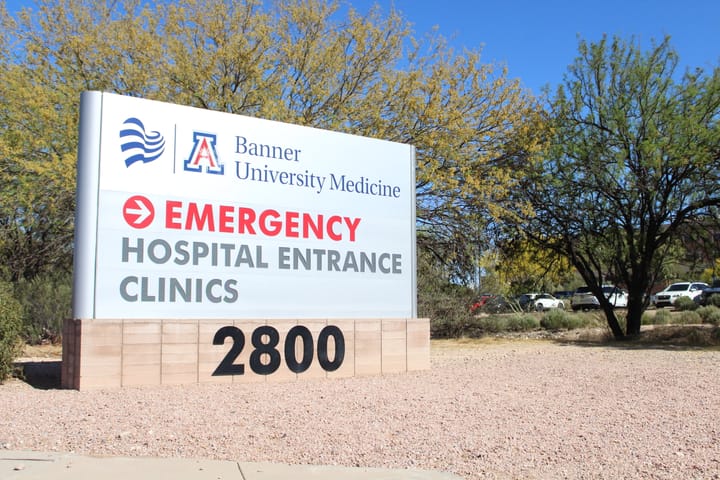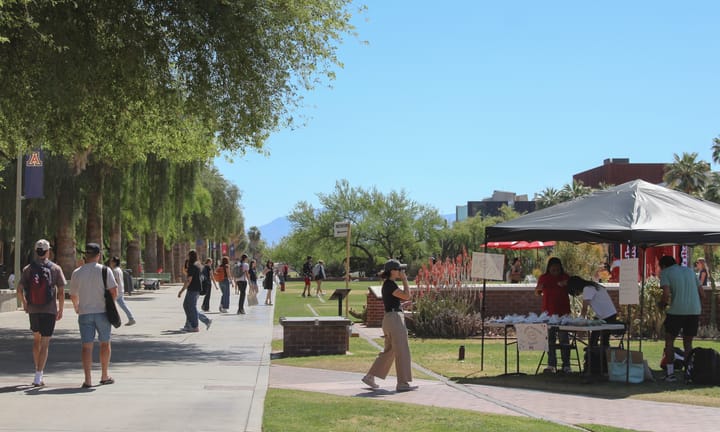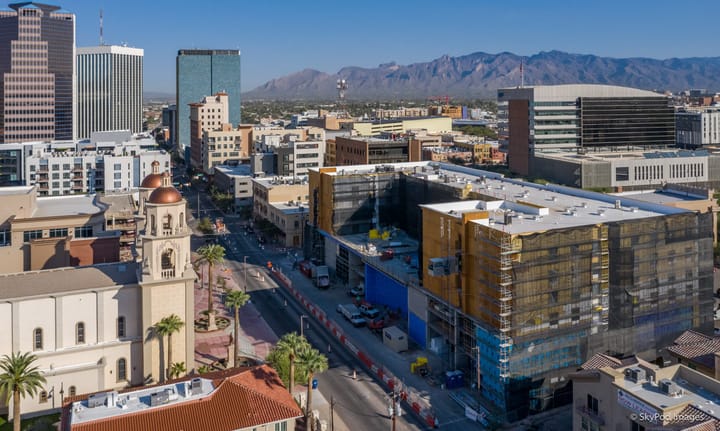UA JustArts fellows drive social change
UA JustArts fellows presented innovative, socially driven projects spanning climate storytelling, body positivity, Indigenous connections, and more.
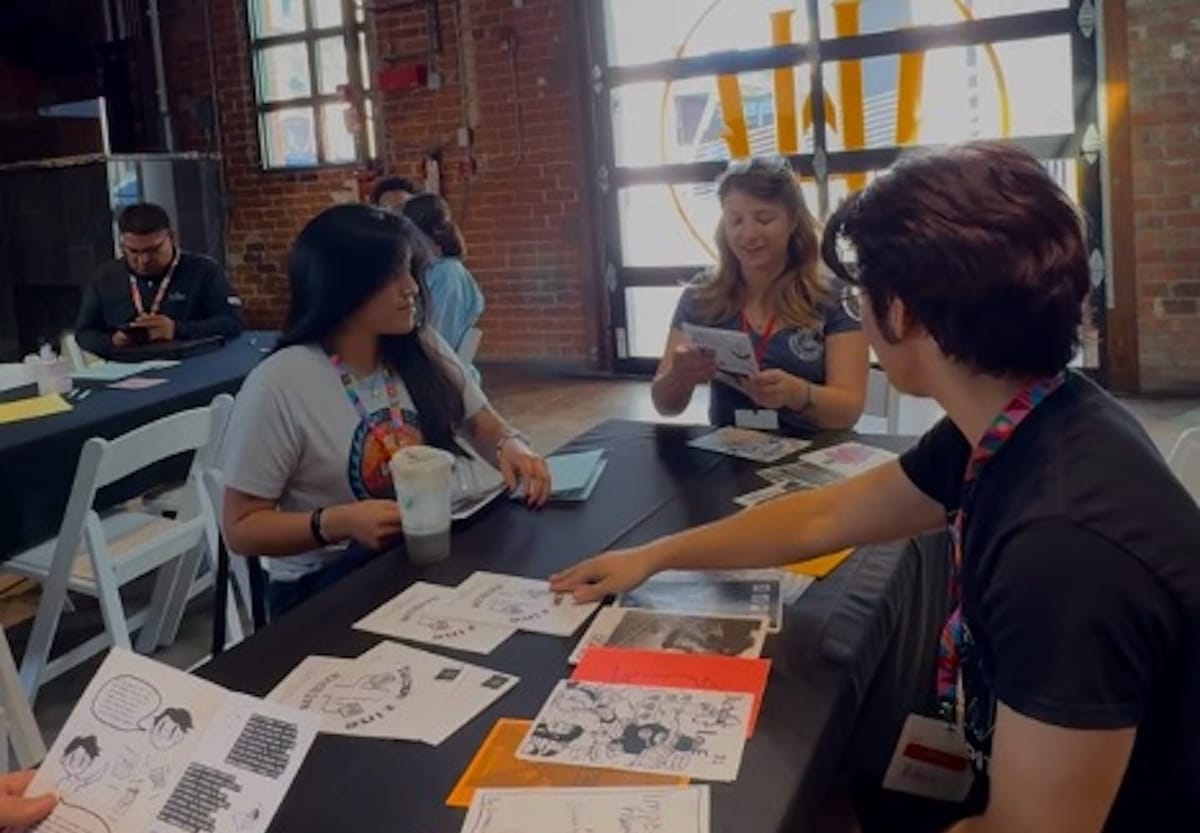
A climate storytelling initiative, a body positivity workshop for performers and an AI-powered tool for Indigenous connection were among the projects designed last year by students in the University of Arizona’s JustArts fellowship program.
Five of these students took the stage at last week’s TENWEST Fest to discuss the program and their year-long projects designed to drive social change during the Friday panel, "Exploring Social Impact Through JustArts: Students Taking Action."
TENWEST Fest is a hybrid of a summit and community festival focused on technology, entrepreneurship and creativity.
JustArts is a program by Equity in the Arts and Arizona Arts that provides students with funding, mentorship and course credit.
Each student's project is unique and reflects their own passions. During the session, students used hands-on activities to capture attendees’ minds and keep them engaged.
The event was moderated by Matt Denney, coordinator for the UA School of Fine Arts, who spoke about how the university assists students in properly developing their projects within the year-long deadline.
Students can receive $6,000 in funding and an additional $1,500 execution grant to support their ideas, with costs covering everything from materials and website domains to events.
In addition to financial help, each student is paired with a professional mentor to guide them as they progress and provide valuable networking opportunities.
The fellowship aims to not only enhance artistic practice, but also to teach students real-world applications for their passion projects, Denney said.
JustArts also helps students navigate the early challenges of starting a business, a resource many entrepreneurs wish they had.
"The JustArts fellowship is about building a bridge between student success and the curriculum, helping artists turn their passion into real-world impact," Denney said. "This program is not just about artv— it’s about using creativity to solve real-world problems and spark serious change in our communities."
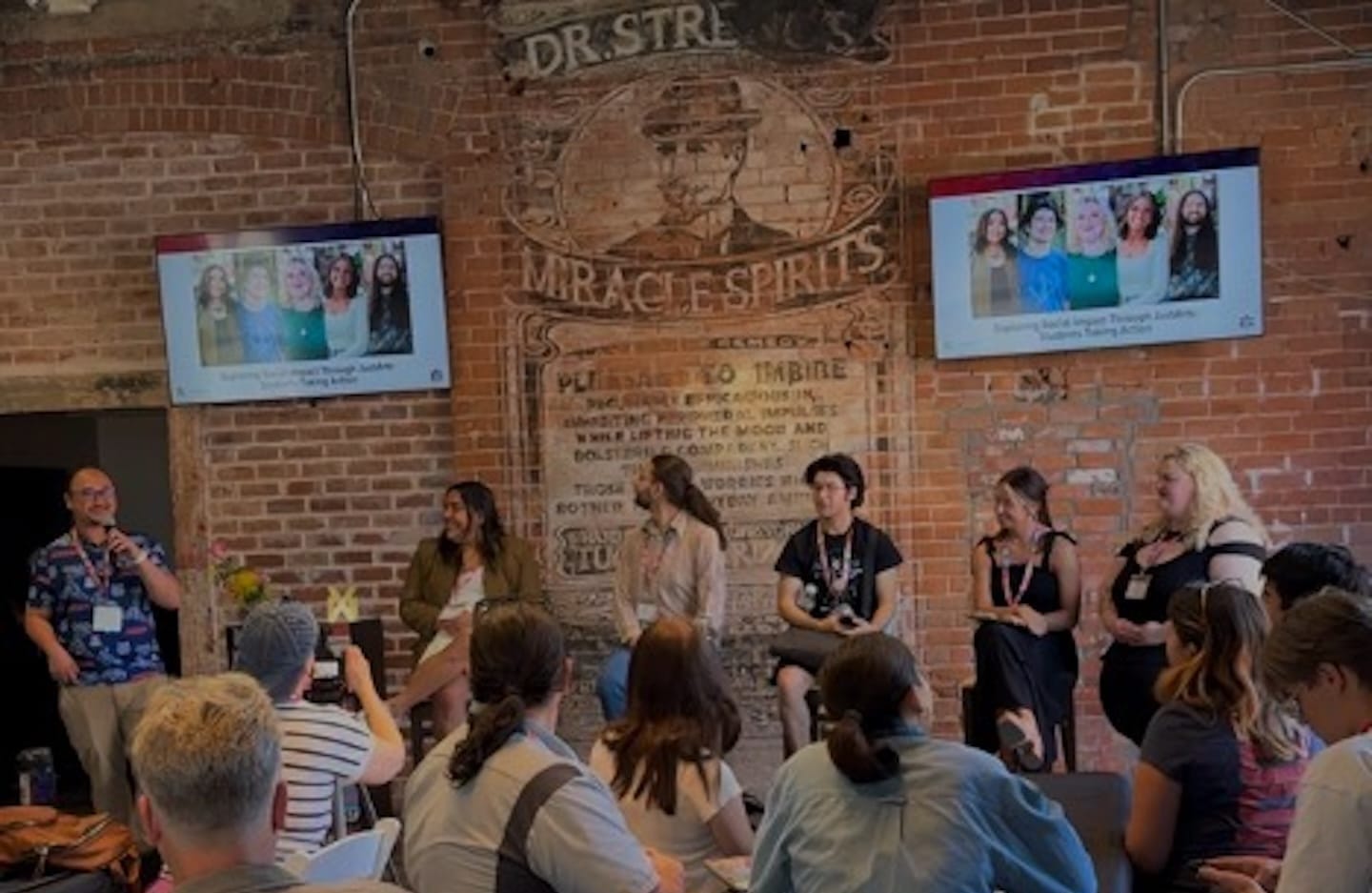
In preparation for their journey, students are taught skills including grant writing, budgeting and project management, all crucial for sustaining their startups.
Mackenzie Roberts, a UA graduate student studying dance, showcased her project, "Harmonizing Movement," which brings together dancers with and without disabilities in one harmonious, accepting and nonjudgmental space.
As part of her project, she leads improv dance sessions and is working on instructional videos to help dance instructors incorporate movements that are more inclusive for those with restrictions who still want to boogie.
“From ballet to hip-hop, it's showing teachers how they can incorporate this adaptability into their classroom ... and give them a head start or little ideas to take into the classroom,” Roberts said.
Ruben Reynoso, a film student and avid ‘zine enthusiast, showcased his archive of self-published Tucson zines that may have been lost in time without his efforts.
As part of his project, he’s working closely with Tucson Zine Fest and Groundworks Tucson to create a digital repository.
Reynoso talked about the process of making zines and how each copy is in short supply, which is why it is crucial to preserve these self-published works and cultural heirlooms.
Graduate student Chris Zatarain presented his project, “Imagining Climate Futures,” which brings together locals from diverse backgrounds who use fictional storytelling to explore climate issues. Zatarain encourages participants to recognize the power of their voices and influence in shaping the planet's future.
Music major Taryn Williamson used her project to turn one of her struggles into a passion. Her project, "Fit to Reform," is a workshop series that focuses on body positivity for people involved in performing arts.
"I created a workshop this year to help people find confidence, build resilience and uncover stories from within our bodies," Williamson said. "I wasn’t really sure where I was going until I actually did it, but I’ve learned a lot since my first workshop."
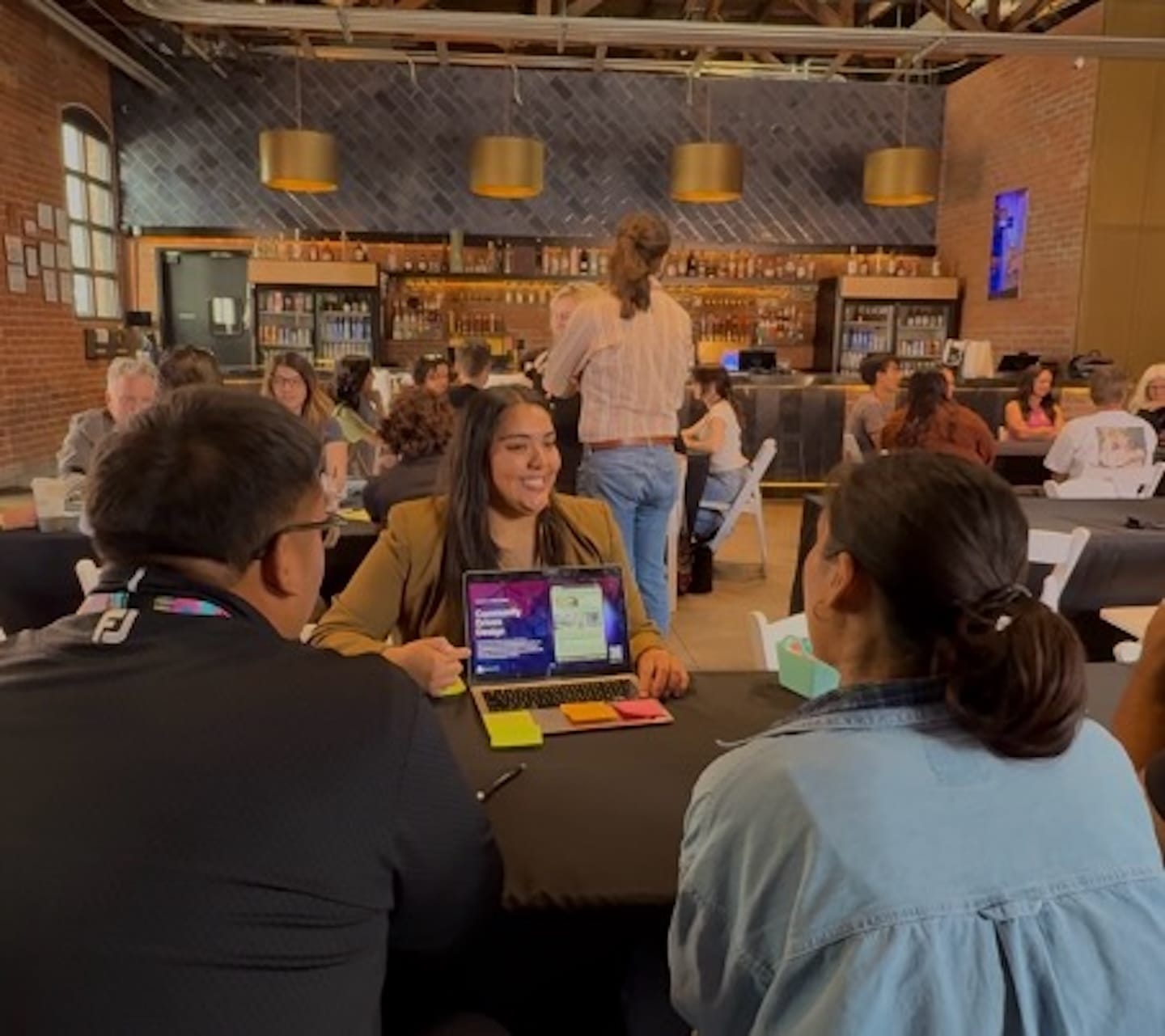
Williamson said she wanted to create a safe space for students because it’s something she needed at an earlier point in her life.
She describes her workshop as a space for students to build confidence through storytelling, meditation and musical performances. She hopes to evolve what she has created into a nonprofit dedicated to inclusive artistic expression.
Nicolette Gomez used her project to explore her Indigenous identity by leveraging her passion for digital art. Her project uses AI-powered image generators like DALL-E to create digital art that brings together and mends relationships within tribal communities.
She’s also helping fellow Indigenous students feel more at home on campus by creating a digital heatmap through an app, allowing them to connect using all five senses.
In her presentation, she encouraged attendees to use their five senses to reflect on personal experiences that gave them a sense of comfort.
She spoke about her own experiences on the reservation and how certain visuals and smells can trigger positive emotions. She encouraged attendees to write what helps them feel content and share experiences with one another, saying she hopes she made everyone feel like they were in a safe space for further exploration.
After the students' presentations, attendees broke into small groups, with the chatter of heartfelt discussions buzzing across the room.
Many were eager to peruse Reynoso’s collection of zines, their eyes scanning the words and images as they flipped through the pages.
Attendees were urged to contribute their own reflections on a strip of paper through written affirmations. Organizers used the strips to form a lengthy paper chain, symbolizing how strong communities can be when people stick together.
Denney said the program has already received recognition from the Arizona Board of Regents, adding that many projects have secured additional funding through university grants and external sponsorships.
Some of these students have already leveraged their projects into graduate research and nonprofit initiatives, turning them into long-term artistic endeavors.
"When we first started, we couldn’t have imagined how much this program would grow — but seeing these students thrive proves just how powerful it is," Denney said.
Angelina Maynes is a University of Arizona alum and reporter with Tucson Spotlight. Contact her at angelinamaynes@arizona.edu.
Tucson Spotlight is a community-based newsroom that provides paid opportunities for students and rising journalists in Southern Arizona. Please support our work with a paid subscription.

